Even the Incas couldn’t resist the hypnotizing magic of Lake Titicaca, so they placed it at the heart of their folklore. Every story and fact you hear about the lake sounds mystical, strange, and obscure. For the Inca, this vast, deep, icy blue lake, high up in the Andes, is the birthplace of the sun. Every person on the planet should pay a visit to this lake. Really. If you’re feeling in two minds about it, here are a few interesting facts that might tempt you.
The surface elevation of Lake Titicaca is 3,812 meters (12,507 ft) and as such is considered the highest navigable lake in the world. It is 120 miles (193 km) long and 50 miles (80 km) wide and in total covers an area of 3,232 square miles (8,372 square km) which makes it the biggest lake in South America. The average depth of the lake is 351 feet (107 m) while the maximum depth is 922 feet (281 m).
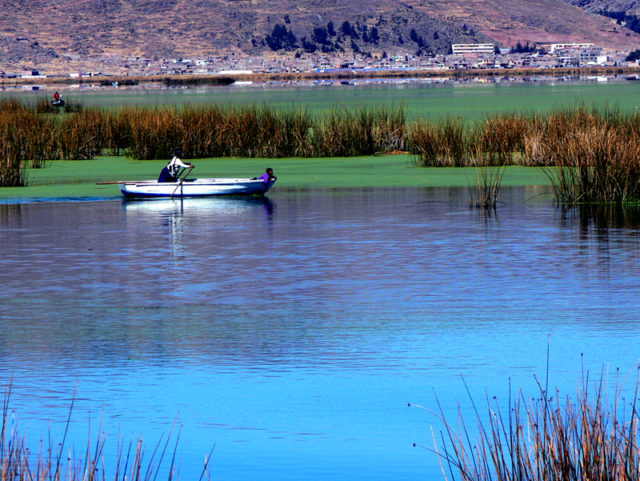
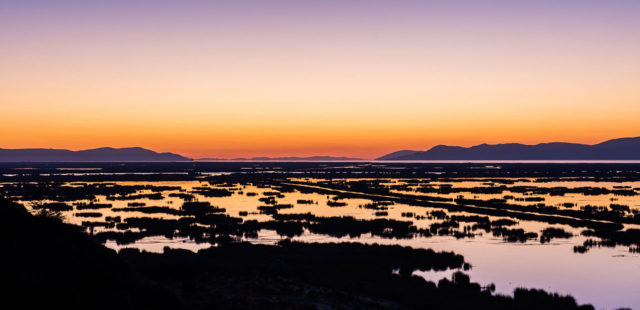
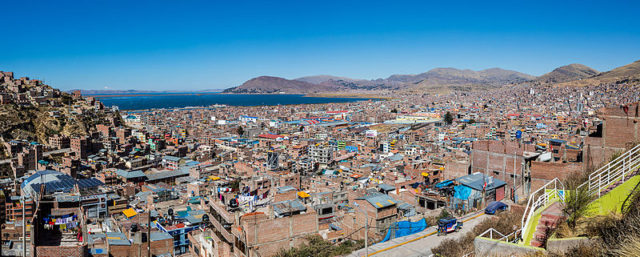
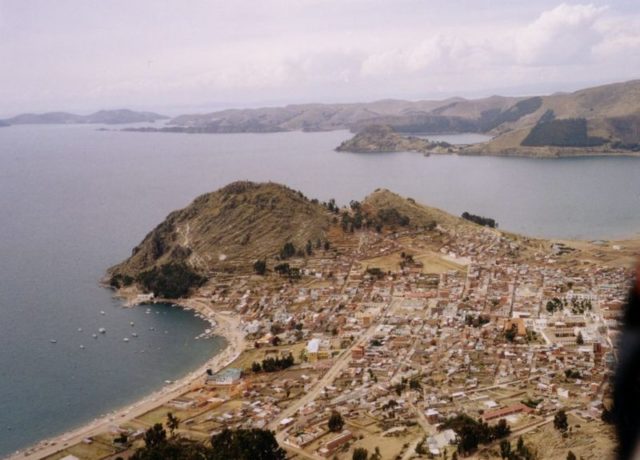
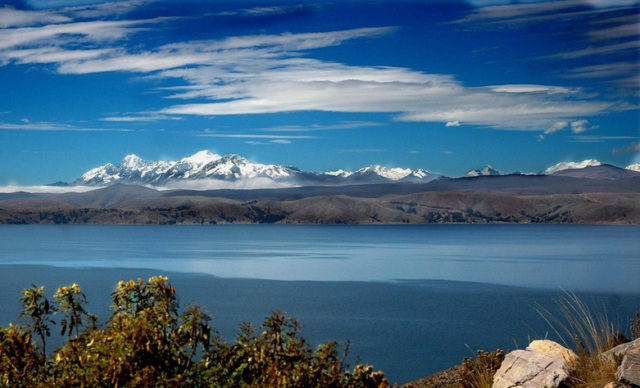
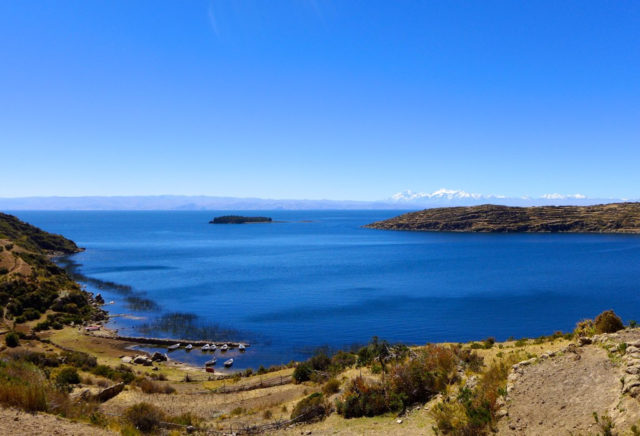
According to the Inca mythology, Lake Titicaca is “The Birthplace of the Incas,” and “The Birthplace of the Sun.” Manco Capac, the first Inca king, was born at the lake, and later, the Gods created a woman for him. Together they started their big family and over time a tribe from which the Inca Empire rose. According to another ancient, Inca myth, the God Viracocha came out of the Titicaca Lake and then created the sun, the stars, and the first people.
The indigenous communities that live around the lake believe that it has the shape of a puma who hunts a rabbit. Hence, the name itself – Titicaca – is derived from the word “Titi Khar’ka” which in the Aymara language means “Rock of the Puma.”
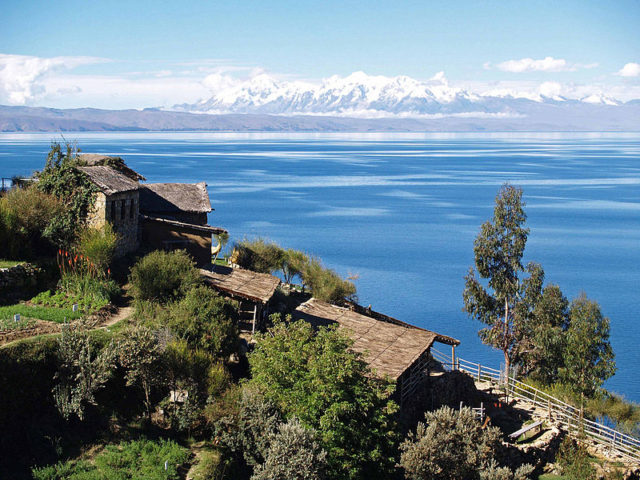
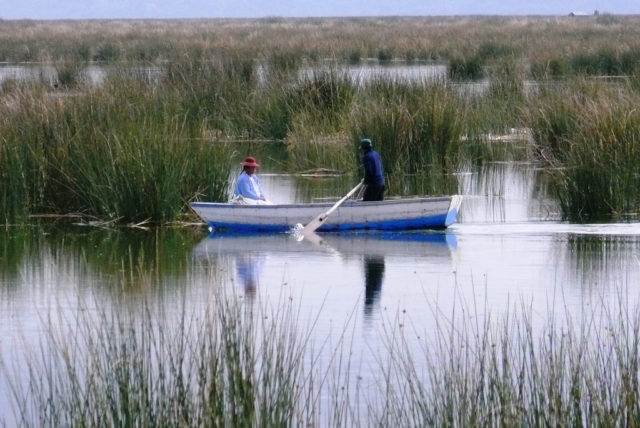
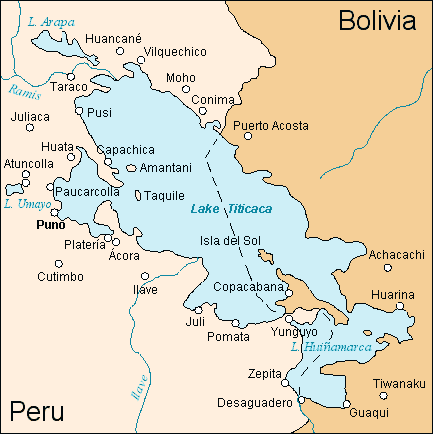
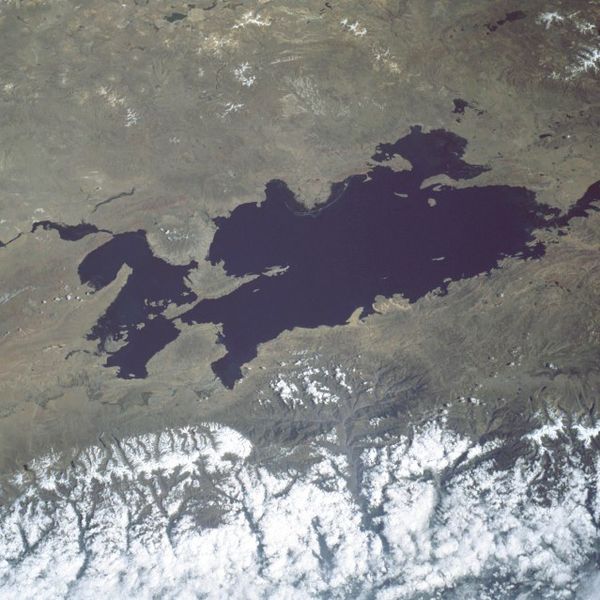
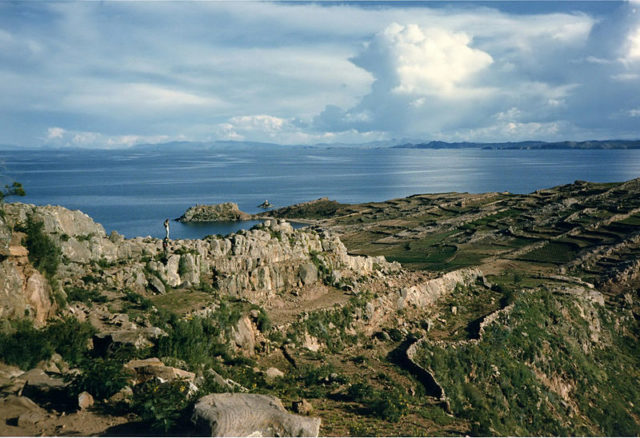
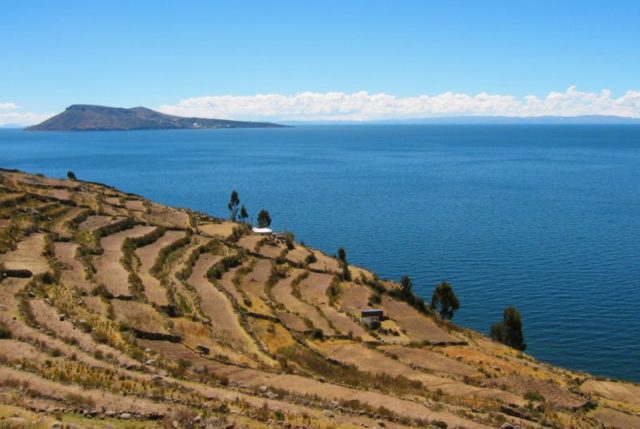
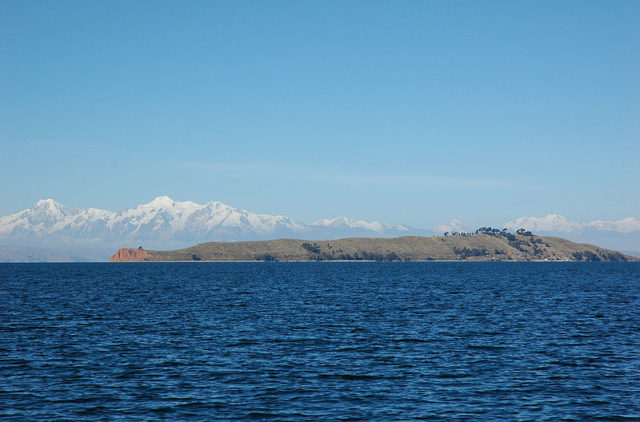
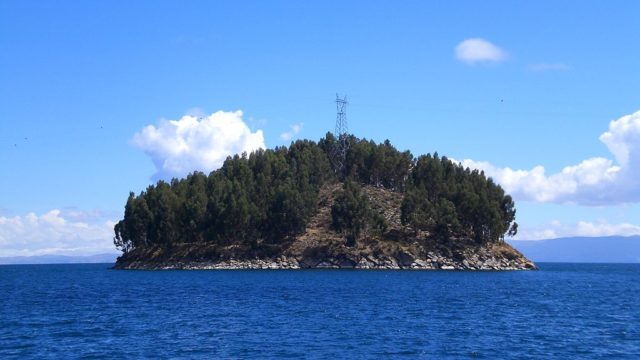
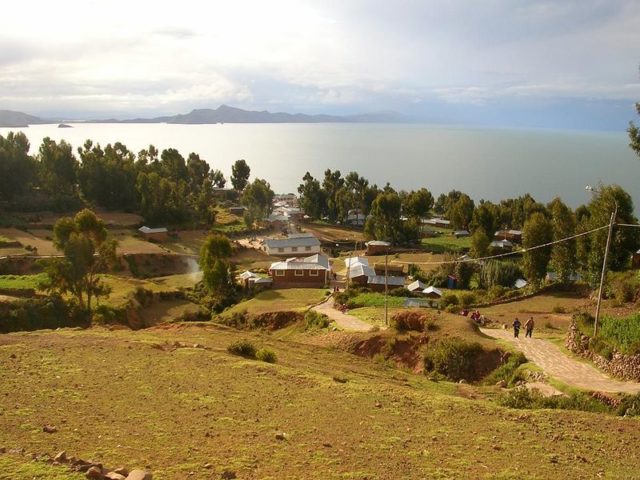
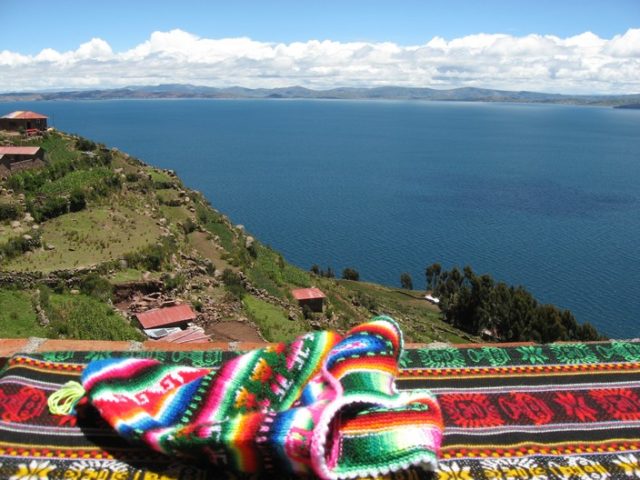
27 rivers are flowing into the lake while only one, River Desaguadero, is draining five percent of its water. Most of the river flowing into the lake are small, and there are only five major tributaries – Huancane River, Ramis River, Coata River, Suchez River, and Llave River. The remaining 95% of the water that flows into the lake is lost by evaporation into the atmosphere.
There are 41 islands in Lake Titicaca, and the majority are inhabited. The islands are breathtaking, and there are numerous ancient ruins on each one of them. The largest island is the Isla del Sol (Island of the Sun) which is at the same time the highest point in the Lake – 13,400 feet (4084 meters). On this island alone there are more than 180 ancient Inca ruins. Isla del Sol is the place where many go to watch the sunset. But there is something even more beautiful – the sunrise.
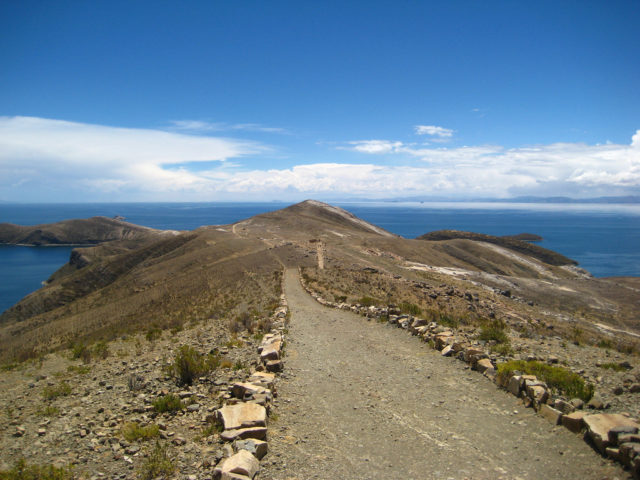
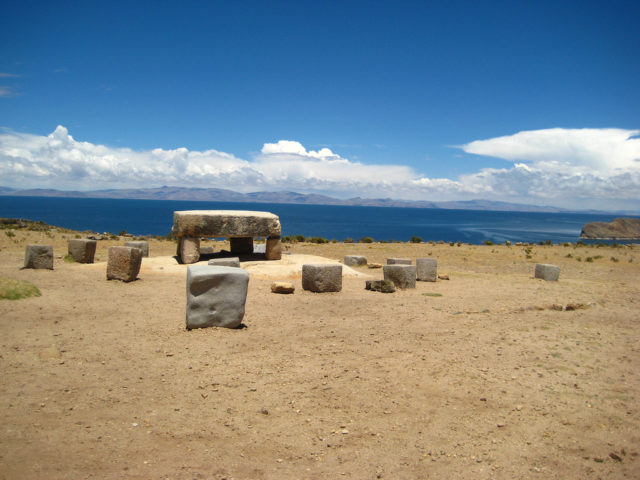
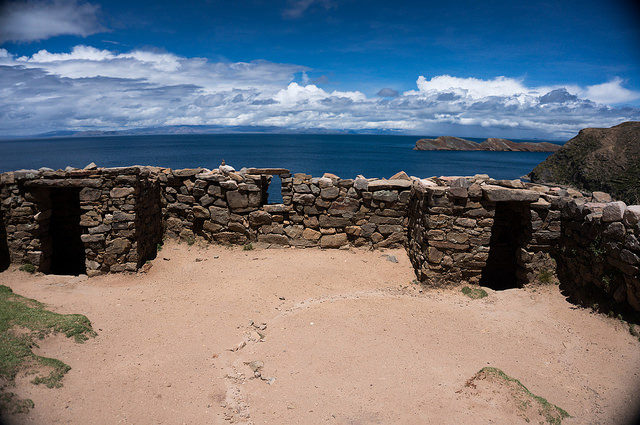
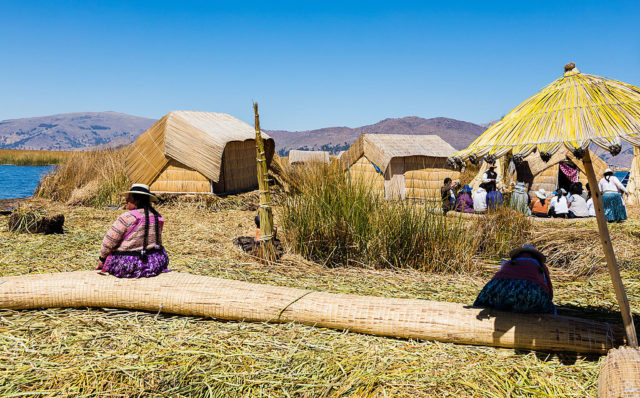
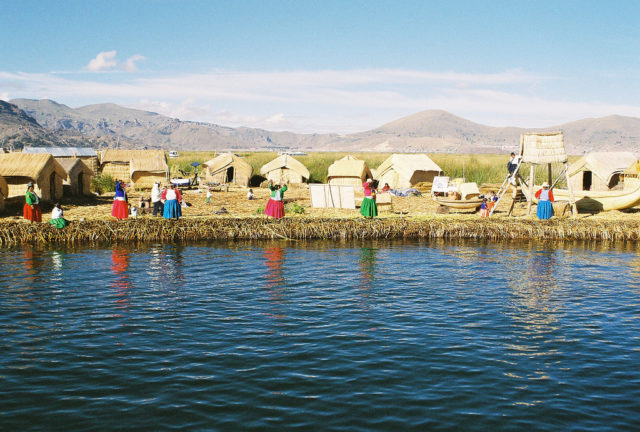
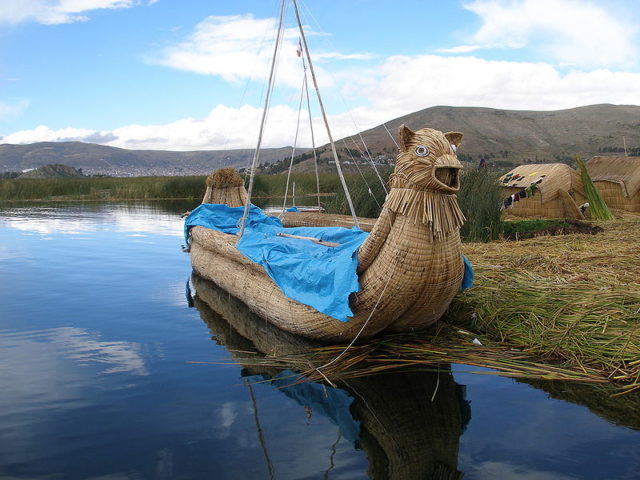
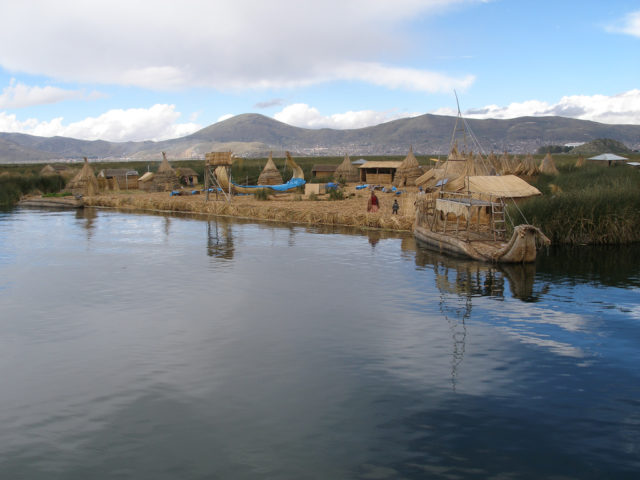
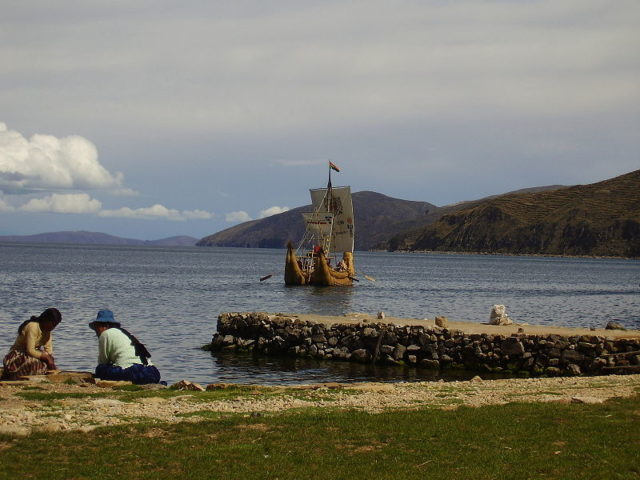
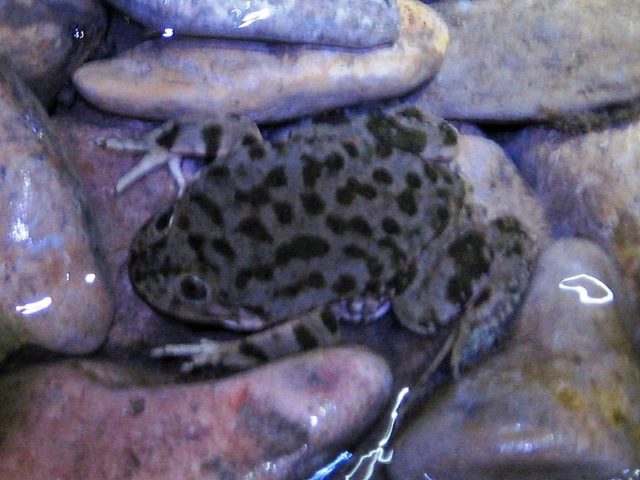
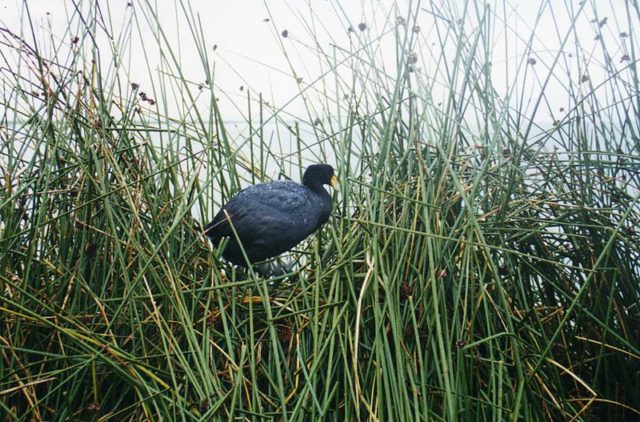
There were the inhabitants of three other different cultures at the Lake before the Incas: the Tiwanaku, Pukara, and the Collas. But the most ancient of the present population are the Uru people who have lived on the islands of Titicaca for so long that they never thought of abandoning their homeland. They still live on the islands where their homes and boats are constructed entirely from the reeds that grow on the shore.
Along with the endangered Titicaca water frog and the Titicaca Grebe, 530 aquatic species live in Lake Titicaca.
